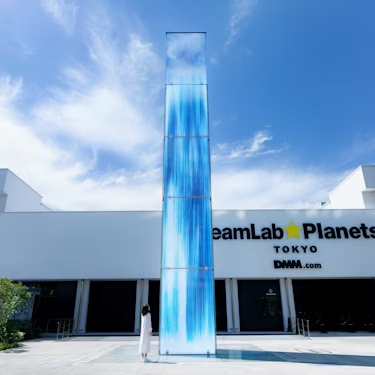More about: 10 Things to Do in Tokyo in January
One of the things you can see and do in Tokyo is to participate in the various traditional celebrations of this month. As it is the beginning of a new year, the citizens perform various rituals that you can also experience. You won't always be able to actively participate, but I can recommend you some plans to experience Japanese culture in a different way.
Besides skiing, visiting temples and going to sumo tournaments, I recommend you to try Japanese cuisine. Particularly in January you'll find dishes that are traditional in Tokyo and throughout the country, either because it's winter or because of their symbolism. Be sure to travel to Tokyo in January and make the most of the time to sample authentic Japanese food.
1. Go to the Furusato Matsuri festival Tokyo
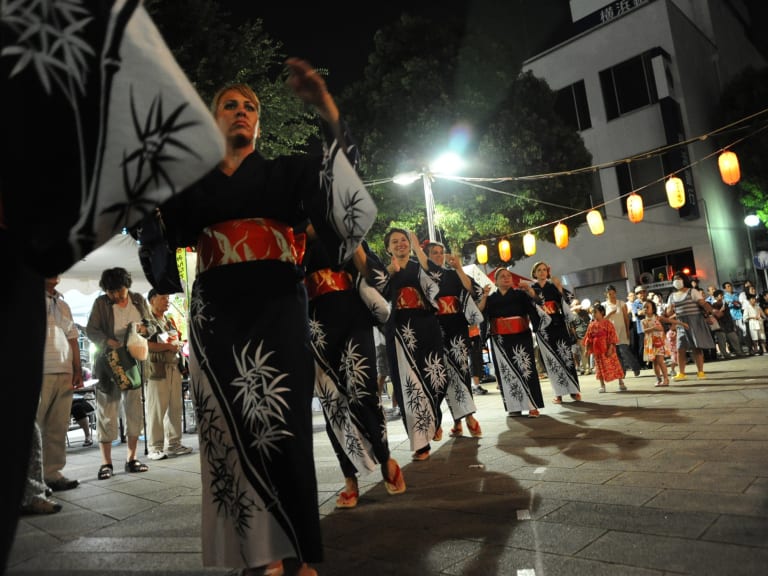
The Furusato Matsuri Tokyo festival is held in January and brings together around 300 companies from different regions of the country. Each one promotes a gastronomic speciality of the region, such as craft beer. In addition to the sale of these products, you can enjoy plays and traditional dances, making it a cultural festival.
This festival is held at the Tokyo Dome City, a stadium with huge entertainment facilities. Here you can find a large stadium, an amusement park and a natural hot springs spa. There are also shops, restaurants and other sites worth seeing.
The festival is held for 10 days in mid-January. You can enter the event without paying admission, you only pay for what you consume. When you go be prepared to meet a lot of people as the festival is usually attended by around 400,000 people over the course of the days.
2. Attend a sumo tournament in Tokyo
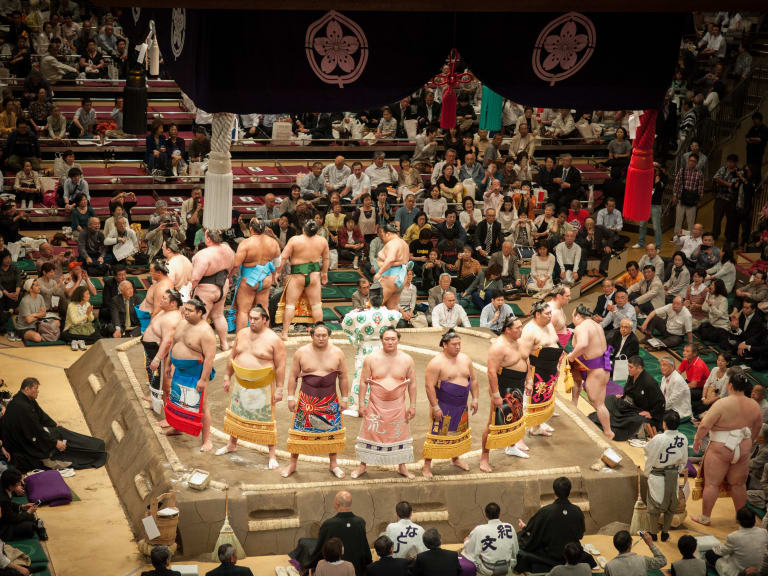
Sumo is a very popular martial art in Japan and the world. If you want to see a sumo tournament, you can take advantage of January, which is one of the three months in which the sport is held. Other opportunities are in May and September, but if you go in January you'll be able to see the first tournaments of the year. In Tokyo, these tournaments are held at the National Ryogoku Kokugikan Stadium.
Before watching a tournament, I suggest you read a little about the origins of sumo, what the training ritual of a sumo wrestler is like and the rules of the tournament. This will help you understand much better what is going on in the stadium.
If you want to attend one of these tournaments it is important that you buy your tickets in advance, as they sell out very quickly. In Tokyo you have the opportunity to experience real sumo wrestling, or even a ninja or samurai experience, where you can reverse the roles and be the main character. Don't you like the idea?
Practical information
-
Location: Ryogoku Kokugikan National Stadium. 1 Chome-3-28 Yokoami, Sumida City, Tokyo 130-0015.
-
When to go: Held in January, but also in May and September.
-
Price: between €30 and €200.
-
Opening times: exact times are published on the Japan Sumo Association website.
3. Eat oden, a typical winter dish
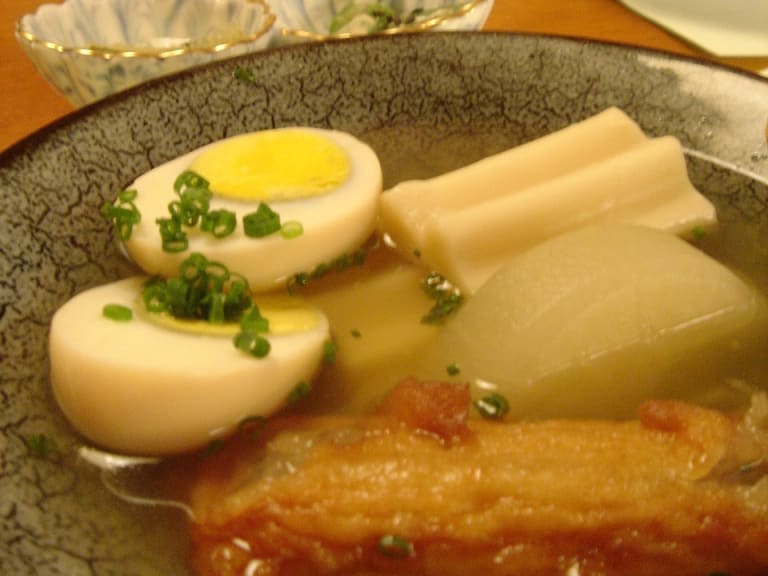
If you like Japanese food, you should not miss the opportunity to try oden when you are in Tokyo. It is a stew with ingredients prepared in dashi, a broth made from kombu seaweed and katsuobushi strips. Other important ingredients include eggs, fish and other ingredients. All these foods are cooked together and each person can choose the piece of stew he or she prefers. Each one costs less than 1 €.
If you like the idea of getting to know the culture of Japan through its food, I recommend you to take a food tour in Tokyo. In any case, keep in mind that oden is perfect for keeping warm while it's cold in Tokyo. You can get it in restaurants, fast food stalls and kombinis.
Traditionally, oden was found in street markets and was traditionally prepared in winter during the Edo period (1603-1868). Today, however, it is common to see it prepared at other times of the year. You can even find restaurants specialising in this stew or vending machines for easy-to-prepare oden.
4. Enjoy an onsen in the winter season

Onsen are traditional Japanese hot spring baths. It is one of the things you can do in Tokyo in winter and January is an ideal month for this. The capital has several hot springs and public baths that you can go to. Entrance fees can vary from around €5 to €15.
Inside the onsen there are different areas. The shower area can be divided by gender, however it is possible to get mixed onsen. The main area of the onsen is the ofuro or pool that all visitors share. Please note that you should not wear any clothes to use it.
Some of the onsen you can visit to keep warm in this cold month are the Saya-No-Yudokoro or the Musashi Koyama Onsen Shimizuyu. Visiting the onsen is even an opportunity to visit traditional Japanese pilgrimage trails.
Practical information
-
Location: you can find onsen in different areas of Tokyo. The ones mentioned above are located in Itabashi City and Shinagawa City, respectively. You can get a first approximation of the areas by taking a bus tour and then choose the one you like best.
-
When to go: They are open all year round but it is advisable to go in cold months such as January to take advantage of the warmth of the hot springs.
-
Price: In all the sites the entrance fee varies between €5 and €15, approximately. However, they offer more services and products such as towels and soaps, which can increase the price a little more.
-
Opening hours: Typical onsen opening hours are from 9am to 11pm, but can vary.
5. Taste Osechi Ryori on the first day of the year

December and New Year's celebrations in Japan are held to bring good luck. If you are in Tokyo on the first day of January, you must eat the typical Osechi Ryori. This dish is served in lacquered or wooden boxes that have different compartments or tiers. All the food has a special meaning and can be eaten on the first 3 days of the year.
Although they used to be prepared at home, they are now easily available in supermarkets. However, it is not a very economical meal: the price varies between 70 € and 350 €. In any case, you can get lower-priced options that are a little more affordable. Some of the foods you will get in them are as follows:
- Kuromame or black beans: this food symbolises that you will be able to work hard in the new year.
- Kazunoko or herring eggs: traditionally eaten in order to have children.
- Kuri kinton: is mashed sweet potato and chestnut and due to its yellow colour represents wealth.
In total the boxes have up to five tiers and the last one is left empty as a symbol of prosperity for the future.
6. Attend the New Year's greeting to the emperor

The Emperor's New Year's Greeting or Shinnen no ippan is celebrated on the 2nd of January every year, so if you are travelling to Tokyo from this date, you can take advantage of this traditional experience. To celebrate , people go to the Imperial Palace, and this is one of the two dates in the whole year when you can enter the Palace.
However, not all people manage to get inside. If you want to do so, there are a few things to bear in mind. The main entrance is at the Nijubashi Bridge and you must enter between 9.30am and 2.10pm, after which time the entrance is closed. I recommend that you don't bring too much stuff and go well in advance. There are long queues before entering as security personnel must inspect everyone.
Once inside, people wait for members of the imperial family to appear on the balcony and salute. This is one of the few traditions of Shinto that still remains. Please note that you should not bring potentially dangerous objects such as flags, drones for photography or suitcases to this event. I recommend that you dress comfortably, with shoes that do not cause discomfort when standing for several hours.
Practical information
-
Location: Imperial Palace. 1-1 Chiyoda, Chiyoda City, Tokyo 100-8111, Japan.
-
When to go: Held annually on 2 January.
-
Price: Admission is free.
-
Hours: You can enter the palace from 9.30am until 2.10pm, when the event ends.
7. Admire the Dezome Shiki Parade

On January 6, while many parts of the world celebrate Three Kings Day, Japan celebrates Dezome Shiki. In Tokyo, the firemen make a big parade through the streets of Odaiba. This also takes place in cities like Hiroshima. To see it you just need to be on the streets where the parade will pass by and you can take pictures.
During the parade the firefighters do various exercises to demonstrate how the work of Japanese firefighters has evolved since the Edo era. It is an entertaining way to see the change in the techniques used to put out fires. From the use of bamboo poles to access difficult areas to the use of advanced technologies.
This parade takes place on the morning of January 6th. You can watch it as a family at the Tokyo Big Sight, an international convention centre in the city.
8. Skiing around Tokyo

Japan is a favourite destination for skiing and snowboarding enthusiasts. If you're one of them and you're travelling to Tokyo in January, this could be your perfect opportunity to ski. However, to do so you will have to travel to places close to Tokyo, but it is not very complicated to get there.
The ski resorts I recommend are so close to Tokyo that you can come and go in the same day. One of them is GALA Yuzawa Snow Resort, a resort with about 17 slopes, ideal for beginners. Shiga Kogen Resort is ideal if you already have skiing experience.
Tickets can vary in price, but are usually between €40 and €20, the latter being the price of children's tickets. This is one of the things to do with kids in Tokyo if they enjoy snow sports.
Practical info
-
Location: GALA Yuzawa Snow Resort is located in Minamiuonuma Ward, Niigata. Shiga Kogen Resort is in Shimotaki District, Nagano.
-
When to go: The ski resorts are open from December to March, as long as there is enough snow.
-
Price: Admission can vary between approximately €40 and €20.
-
Time: Typical skiing hours are during the day.
Traveller Tip
If you have never skied before, I recommend that you talk to the managers and ask for special treatment. It is better to prevent accidents and have a pleasant experience.
9. Participate in Seijin no hi, coming of age celebration

Seijin no hi or coming of age day is a traditional celebration in Japan. It is held annually on the second Monday of January and young people who turned 20 years old the previous year celebrate their coming of age.
To celebrate this day , the government organises ceremonies in towns and cities that are held in district councils or town halls. During the Seijin no hi ceremony, those in charge welcome all young people into adulthood, as well as pointing out their responsibilities as adults in Japanese society.
If you are in Tokyo during this celebration, there are several things you can do. I recommend wearing a traditional kimono and visiting one or more temples in Tokyo, which are part of the tradition because young people visit them as part of their ritual. Shrines you can visit include Meiji-Jingu, Yasukuni Shrine, Zōjō-ji Temple, among others.
10. Make the most of the winter sales and buy lucky bags

Many people look forward to the winter season, when companies and shops offer discounts on all kinds of products. During December you can get home appliances at good prices, while in January, especially in the first days of the month, shops want to sell all the remaining inventory from the winter. This could be your chance to buy clothes or whatever else you can find on sale.
If you are in Tokyo, I recommend you go to one of the city's main shopping districts. Among them is the Harajuku district where you can find a wide variety of clothes, fast food and much more. If you are looking for more exclusive brands you should go to Ginza, where you will find high fashion clothing shops. In Shibuya and Shinjuku you will also find a variety of shops worth visiting.
During this month it is also traditional for shops to sell the famous fukubukuro or lucky bags. Buying them is quite a random experience, you don't know what they might contain, you can only get an idea of what they have depending on what the shop you buy them from sells. There are even long queues as they are very cheap bags, being worth about €2, although they can cost more.
What is the weather like in Tokyo in January?

January is a winter month, so if you're travelling to Tokyo at this time of year it's important to be prepared. Daily temperatures are between 6°C and 10°C. If you plan to do or see things at night in Tokyo, be aware that temperatures can drop as low as 2°C.
However, there is very little rainfall, so you can rest easy on that front. What you should be aware of is that there are only six hours of sunshine on average during the day. This may be a bit surprising for many people who are not used to it, so make the most of your daytime activities.
What are Tokyo's crowds and prices like in January?
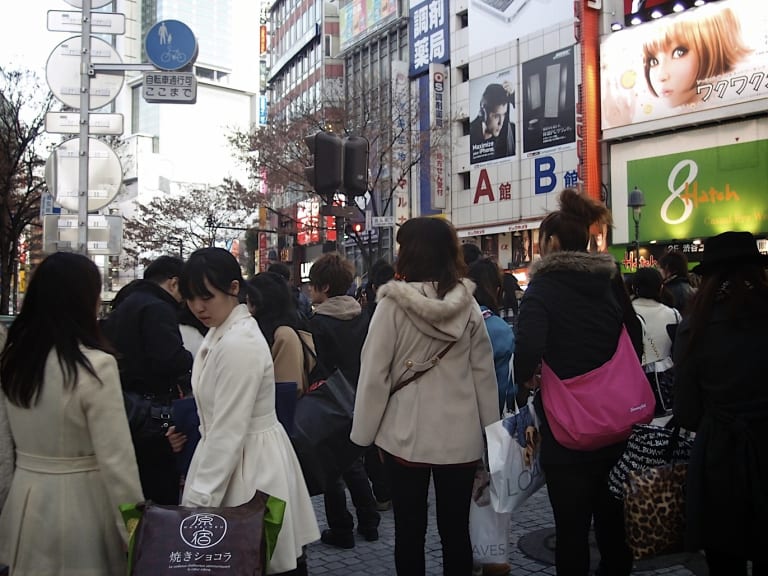
Being one of the coldest months of the year, Tokyo's January tourist season is very low, especially after New Year's week. If you are willing to vacation during the winter, you can take advantage of this time to stroll around without finding too many people crowded in the streets.
Another advantage of travelling in this month is that prices are not very high. You can get hotel rooms for €100 with maximum comfort for the whole family. Flights are also cheaper, depending on your place of origin. In the Japanese archipelago itself, it is possible to find discounts on airline tickets to other locations.
What to pack for a visit to Tokyo in January?
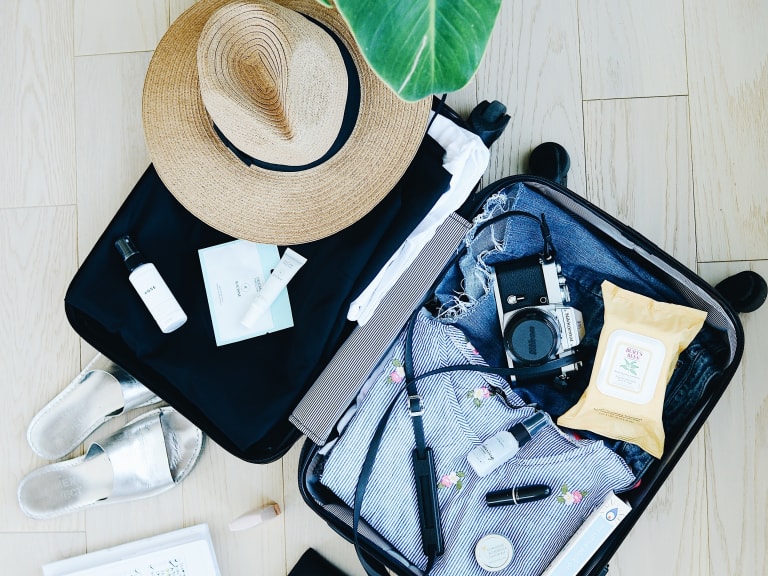
When travelling to Tokyo in January it is important to pack winter clothes. You can pack a good coat to protect you from the cold. Make sure it is a waterproof coat in case it rains or snows, but in general, your priority will be to stay warm.
I also recommend you bring comfortable shoes that will also protect you from the cold. If you are planning to take advantage of the discounts during the first days of the month, it is better not to take too many clothes. It is good to have enough space in your suitcase to buy souvenirs and original traditional kimonos, which you can enjoy at home when you return.


